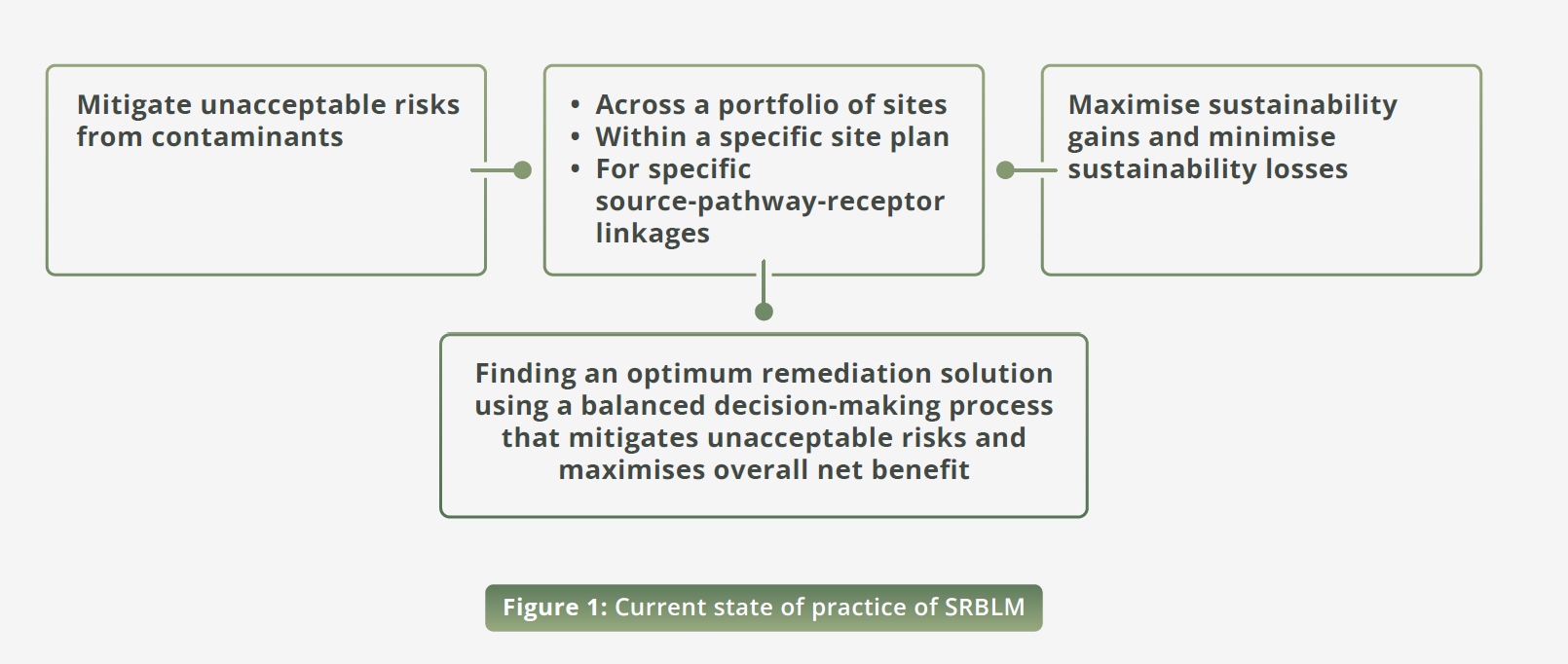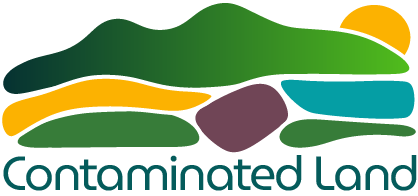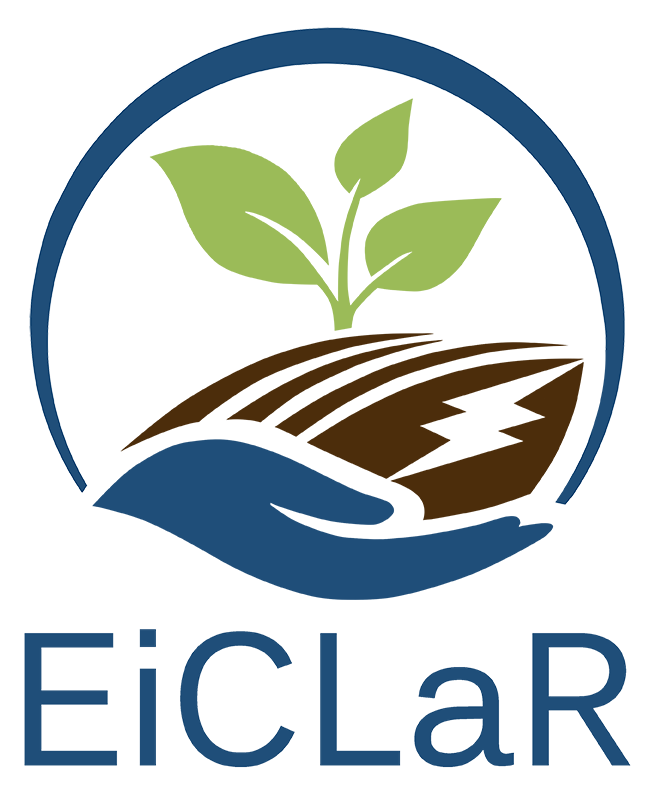SRBLM Technologies
The international consensus that has emerged over the past 20-30 years is that decisions regarding contaminated sites should be made based on understanding and managing risks to human health and the wider environment, taking into account the current or planned use of the land. More recently there has been a growing emphasis that risk management should also align with sustainable development principles. This integrated approach is known as sustainable and risk-based land management (SRBLM), see Figure 1, and is increasingly recognised in international practice, policy, and regulation.

Risk management of contaminated sites depends on knowledge of the linkages between sources, pathways and receptors, an estimation of their seriousness and the development of strategies to break linkages that lead to unacceptable risks. The sustainability of risk management can be considered at multiple stages, including: how best to manage a portfolio of sites, the design and planning of any change in site use, and/or the choices made between different risk management (i.e. remediation) techniques.
SRBLM offers a comprehensive framework for managing contaminated land, integrating risk assessment with sustainability and resilience. This approach, informed by standards such as ISO 18504:2017 and advanced through the ISLANDR project, ensures remediation decisions maximise sustainability while considering environmental, economic, and social factors. SRBLM prioritises nature-based solutions, low-input approaches, and circular economy principles to minimise resource consumption and promote material reuse.
This section presents a range of technologies for remediating contaminated land, including:
- EiCLaR innovations: Four new approaches (Bioelectrochemical Remediation, Electro Nano Bioremediation, Enhanced Phytoremediation, and Monitored Bioaugmentation) leveraging advances in biotechnology, electrochemistry, and nanotechnology to enhance the efficiency and sustainability of remediation, especially for complex contamination.
- ISLANDR expansions Techniques that will be expanded upon as part of the ISLANDR Project, particularly Phytoremediation (Phytoextraction, Rhizofiltration, Phytovolatilisation, Phytoexclusion, Phytostabilisation, Phytocontainment, Phytodegrdation) and Mycodegradation, offering the potential to restore soil health, enhance biodiversity, and manage environmental risks.
- Established technologies: Traditional approaches for the management of contaminated land.
Click on the listed technologies to see a general description. Further information will be found in the book, Sustainable and risk based land management for contaminated sites in practice, by Dr. Paul Bardos. Available soon.


